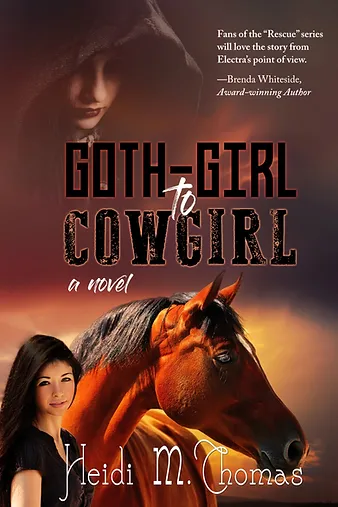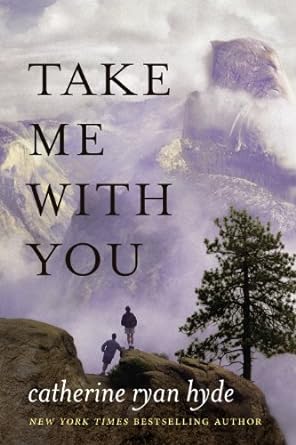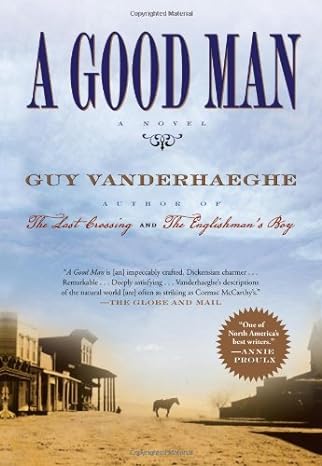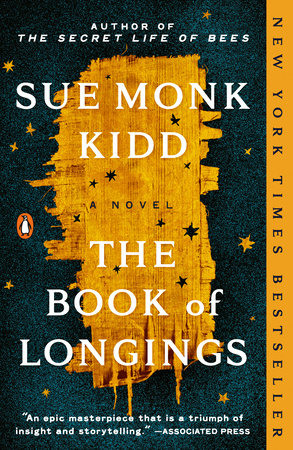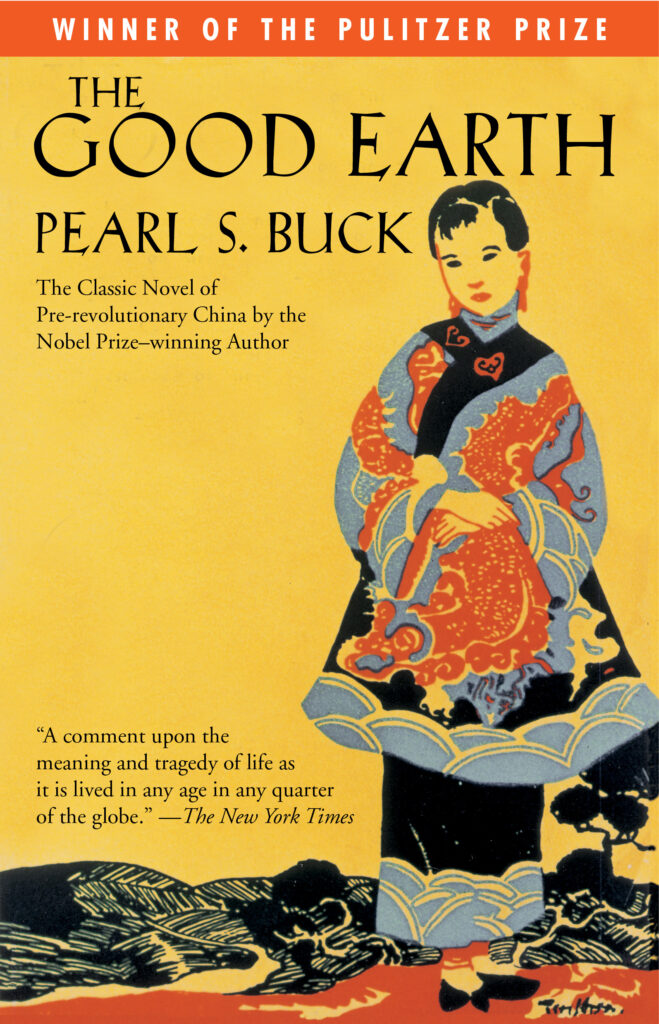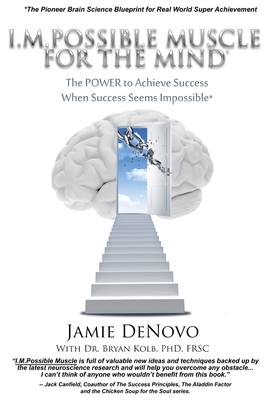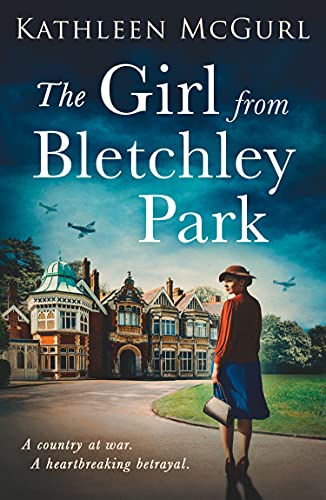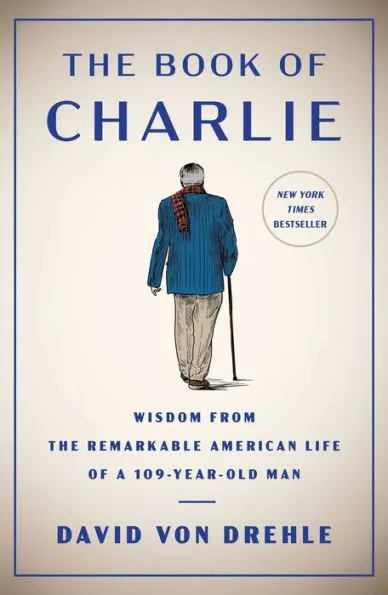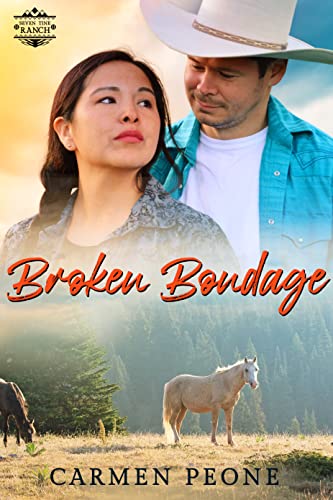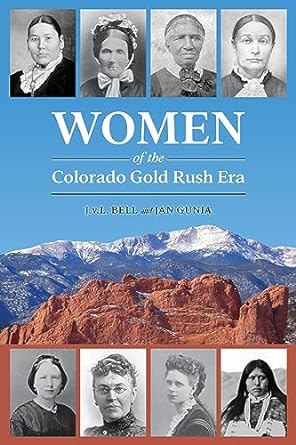Goth-Girl to Cowgirl, book four in the “Rescue Series” by Heidi M. Thomas is a heart-warming contemporary novel of a troubled teen from New York who finds redemption in the wide-open spaces of the Montana prairie.
New Yorker teen Electra Lucci has suffered the tragic loss of her brother and the subsequent divorce of her parents. She’s become a Goth-girl, wearing white make-up, black-rimmed eyes, black lipstick and fingernails, and spiky hair. When her mother suggests a mother-daughter “bonding” vacation to a Montana dude ranch, Electra balks. But when they arrive, a whole new world opens up to her.
Samantha (Sam) Moser works part-time at a neighboring Montana dude ranch as an instructor, helping guests get to know horses. Sam also works hard on her own ranch, not easy for a single woman. She is dedicated to running a “rescue” ranch, rescuing Thoroughbred horses and using them to help traumatized veterans and troubled teens. She notices this obviously out-of-place girl at the dude ranch, undoubtedly troubled, and invites the girl to her ranch. When Sam takes Electra to see an abandoned horse, the young girl’s heart goes out to the starving animal. She forgets her own troubles and throws her energy into helping this neglected horse. When the mother-daughter vacation ends and they return to New York, Electra realizes she doesn’t fit in there anymore either, and she longs to return to Montana.
Goth-Girl to Cowgirl is written from Electra’s point of view. We see a troubled girl who doesn’t fit in. The author has written a timely book with rich insights to a troubled teen’s heart, and the healing capacity of horses. I would recommend this book to anyone who loves horses, and especially to teens who don’t always understand their own feelings but who yearn to make a difference.


